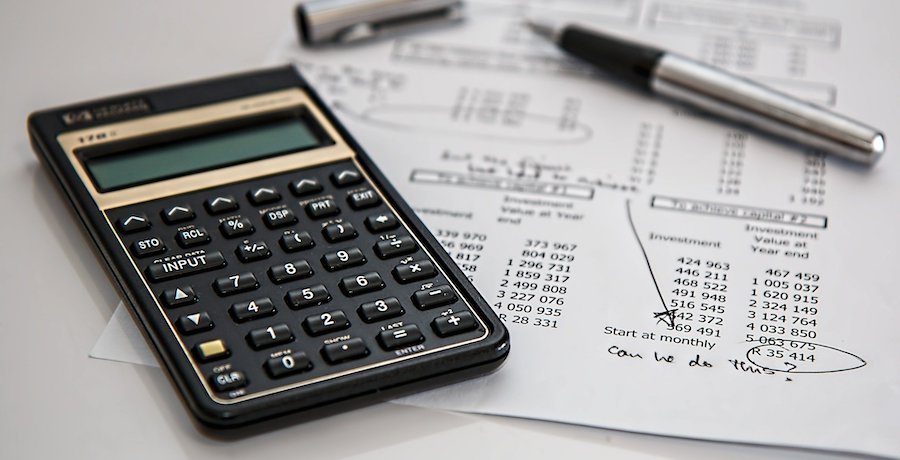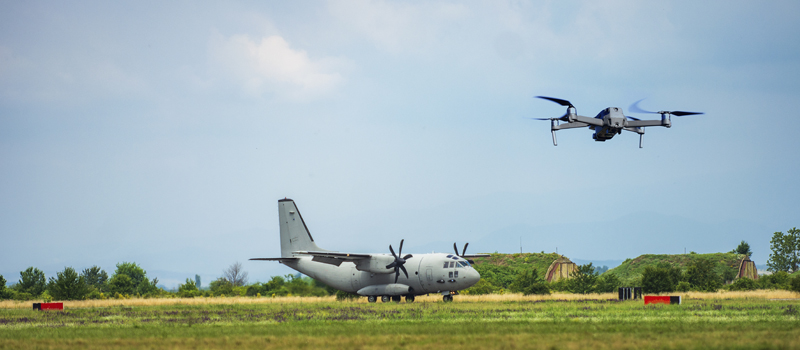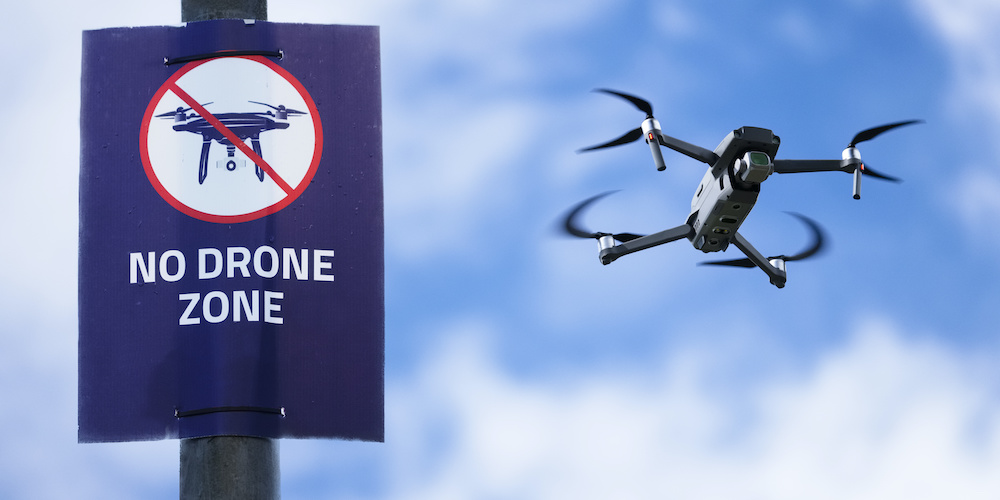-
The FAA Tracking Number (FTN): what it is and how to get it
-
Why was this change necessary?
-
Do I need to get an FTN if I already have a Part 107 drone license?
-
Does this change affect recreational pilots in any way?
-
Are there other changes that will be implemented by January 2020?
-
What other changes can we expect in the future?
-
Where can I learn more about these changes to the FAA certification process?
-
Final thoughts
The FAA is the authority in all matters related to the national airspace, including drone flight. Since 2016, all drone pilots who want to fly their drones commercially need to pass a Part 107 knowledge test and secure a Remote Pilot Certificate, or a drone license. This is a topic we have covered extensively throughout the years.
Starting January 13, 2020, the procedure to take an FAA written test for the drone license will undergo its first major revision since the Part 107 rules were put into place. What exactly are these changes, and how will they affect drone pilots, including those who already have their licenses and those who are still looking forward to getting theirs? Will recreational drone pilots be affected at all?
The FAA Tracking Number (FTN): what it is and how to get it
To put it briefly, the only change to the procedure is that all applicants need to secure an FAA Tracking Number (FTN) even before registering for the written test. This new requirement applies to all pilots who wish to apply for FAA certification, including drone pilots and aspiring pilots of manned aircraft.
To get your FTN, you simply need to sign up for a profile at the Integrated Airman Certification and Rating Application (IACRA) website. In the old procedure, you only needed to sign up to the IACRA portal AFTER you have taken as passed the Part 107 knowledge test.
For those who are yet to take the knowledge test, the FTN will be printed on the Airman Knowledge Test Report (AKTR) which issues after completing the test. The FTN will replace the Applicant ID Number which was displayed before this change.
The FTN is a unique number assigned to each applicant that will stay associated with them throughout the course of their careers in aviation. Once you have an FTN assigned to you from the IACRA website, you can proceed to register to take the Part 107 knowledge test by getting in touch with PSI Services LLC to pick the most convenient testing center and schedule for you.
Why was this change necessary?
The FTN was enforced to create a more standardized system for the documentation of FAA airmen. This allows the FAA to better track each pilot through the whole certification process. This measure has become necessary in view of an increasing number of airmen who are applying for FAA certification.
The use of FTN also prevents time-consuming errors that happen when an FAA officer pulls up the records of a certified pilot or applicant by using their name. Names can be very hard to get right, and the accumulated time wasted in getting these names right before the records can be pulled up can result in a lot of unproductive periods for the agency.
The FAA is also hoping to encourage the use of the IACRA, which is basically a digital platform for the certification process of each applicant. This lessens the dependence on the AKTR, which is a physical piece of paper that can be lost or damaged. Digital data transmission provides better data fidelity, security, and makes many of the old-fashioned processes faster.
The FAA is hoping that through these changes, not only can they speed up the certification process, but also collect more data about the process that pilots go through during certification to make more risk-based decisions in the future.
Do I need to get an FTN if I already have a Part 107 drone license?
If you have already earned a Part 107 certificate in the past, then you have already been assigned an FTN, even if you weren’t aware of it. To check for your FTN, simply log in to your IACRA account and look for the FTN in your account details. If you don’t have an IACRA account yet, sign up for one, ensuring that you quote your certificate number during the registration process.
Does this change affect recreational pilots in any way?
No, drone pilots who only fly for fun do not need to be concerned with this change. However, there’s something else that they need to watch out for. Several months ago, the FAA announced plans of enforcing a variation of an aeronautical knowledge test and safety test that recreational drone pilots need to pass. There hasn’t been any word on the progress of those plans, but we can expect some sort of announcement by 2020.
Are there other changes that will be implemented by January 2020?
Yes, there are a few minor changes, but they are much less consequential than the new FTN requirement. The first is the cancellation of putting a dry emboss on the Part 107 knowledge test. The dry seal has been in the knowledge test for years, presumably as a way of proving the authenticity of the test or controlling it in some manner. This change really has no consequence on the part of the drone pilot – perhaps, the FAA has an improved way of keeping track of their written exams now.
The last change might be a bit more relevant, especially if you don’t pass the Part 107 knowledge test on your first try. Should you fail, you will be given a report that details your incorrect responses through a series of codes. You will then have to look up these codes in a separate document to infer which topics you were weak at.
In the old system, these codes were prefixed by PLT, followed by a series of numbers. Under the new system, the new codes will be based on the ACS (Airman Certification Standard). The topics will still be the same, but the new codes will be more consistent with an established standard.
What other changes can we expect in the future?
Aside from the changes that have been confirmed to be rolled out by January 2020, the FAA has also announced that the Part 107 knowledge test may soon be migrated to a new platform which also gives it a couple of new capabilities. It’s not yet confirmed what these “capabilities” will be, but the integration of video clips in the test and more scenario-based questions are expected.
Where can I learn more about these changes to the FAA certification process?
If you feel like you still need to learn more about these changes or if you’re looking for an avenue to seek a few clarifications from the FAA, then you may attend the second round of webinars that are scheduled just a few days before implementation of the new rules. Here are the schedules, along with the registration links. Take note that registration is on a first-come, first-serve basis.
Final thoughts
The procedural changes that the FAA will start implementing this January will have more of an effect on how the agency handles the certification process than the applicants or certified pilots. In fact, certified pilots hardly have anything to worry about – all they need to do is to log in to IACRA and retrieve their unique FTN.
For those who are still going to take the Part 107 knowledge test, having to sign up for an IACRA account only takes a few minutes. It’s certainly time well-spent, considering how much more efficient the certification process can be by reducing all candidates to a standard FTN identifier.


